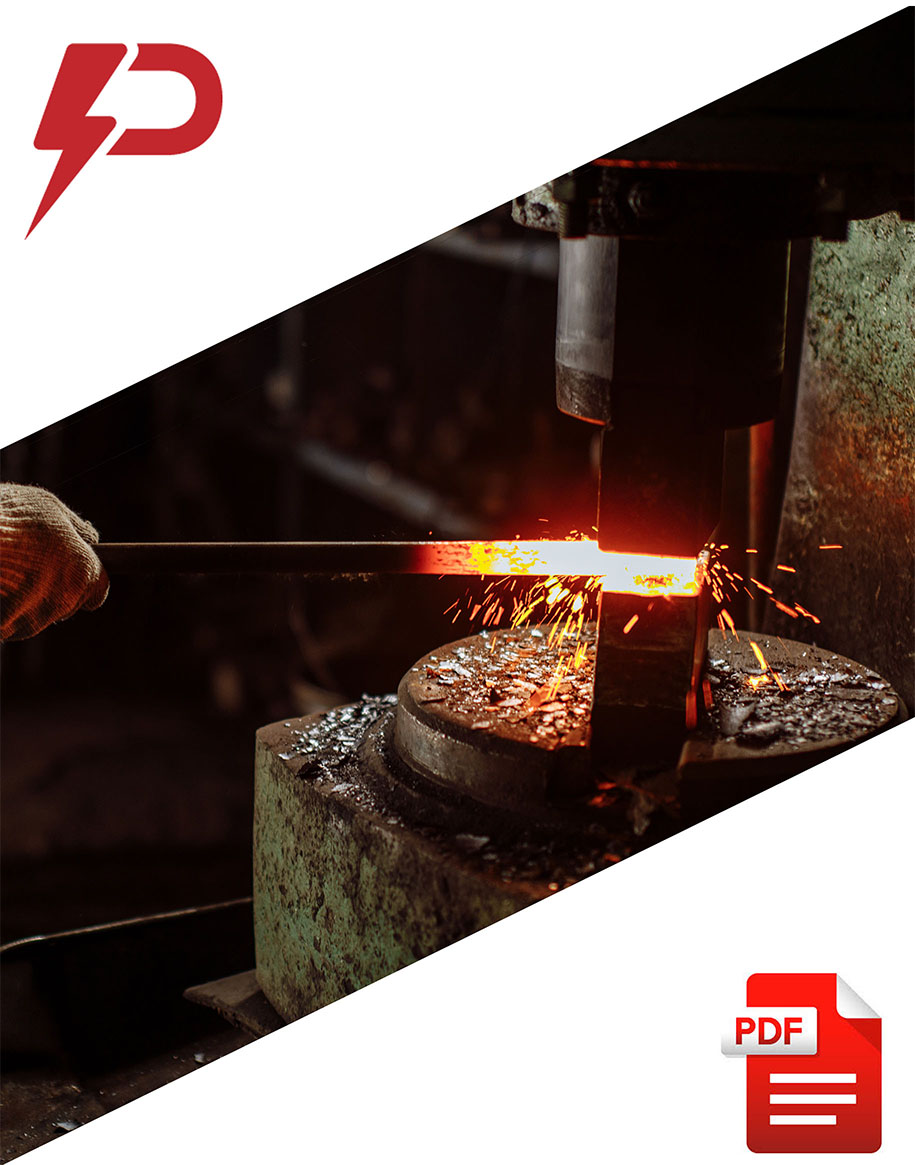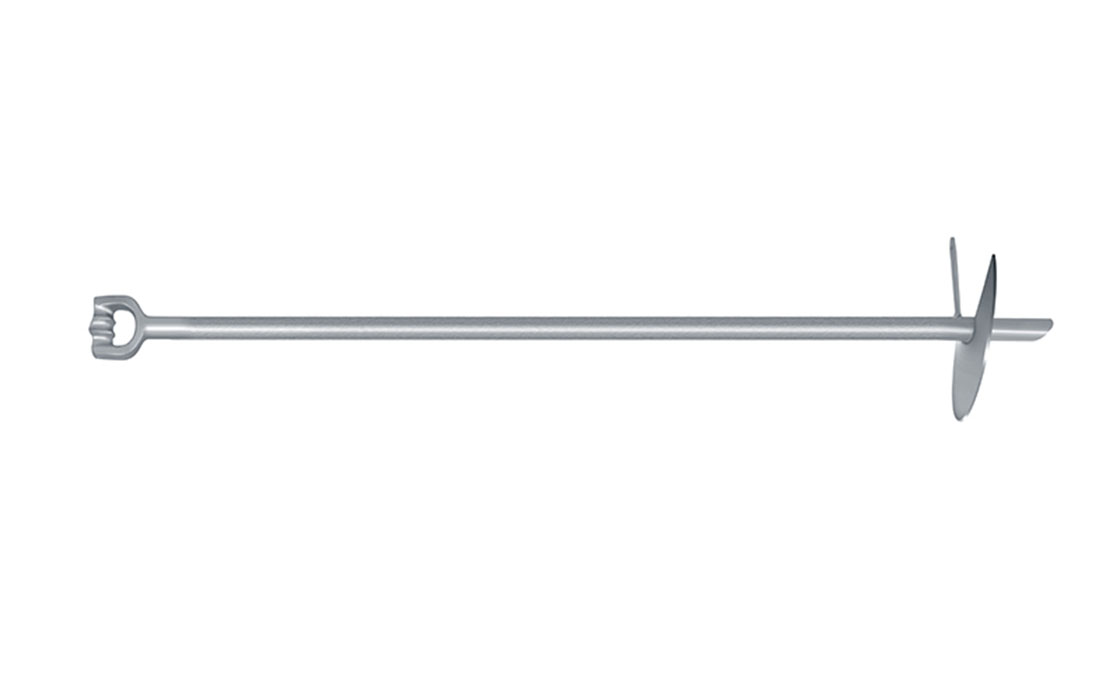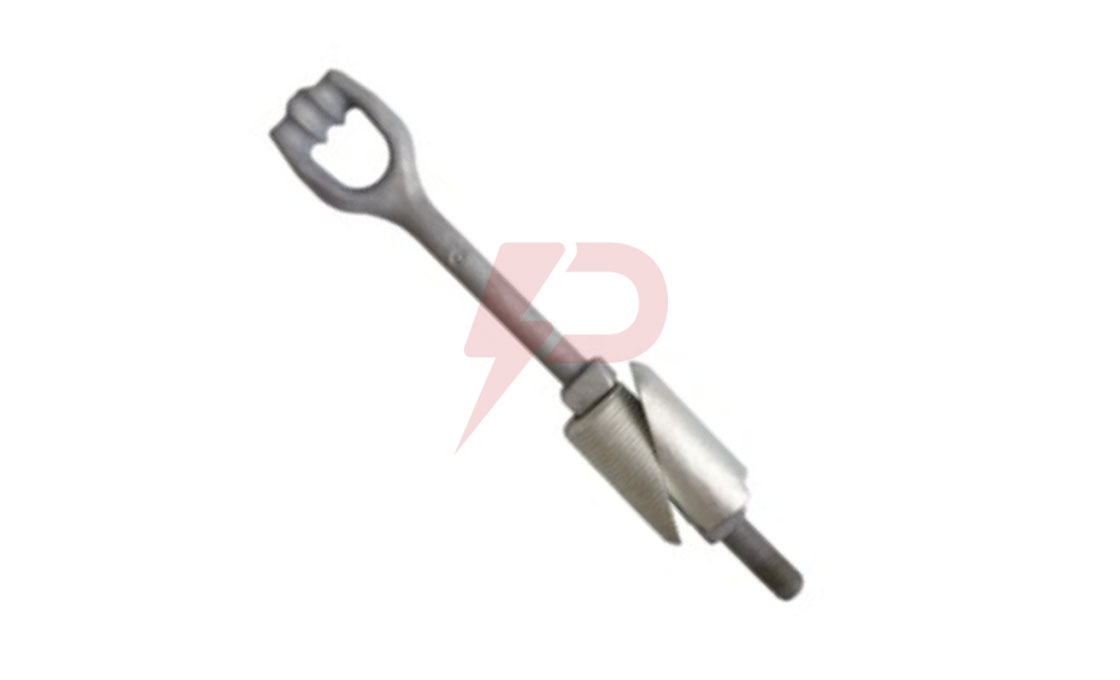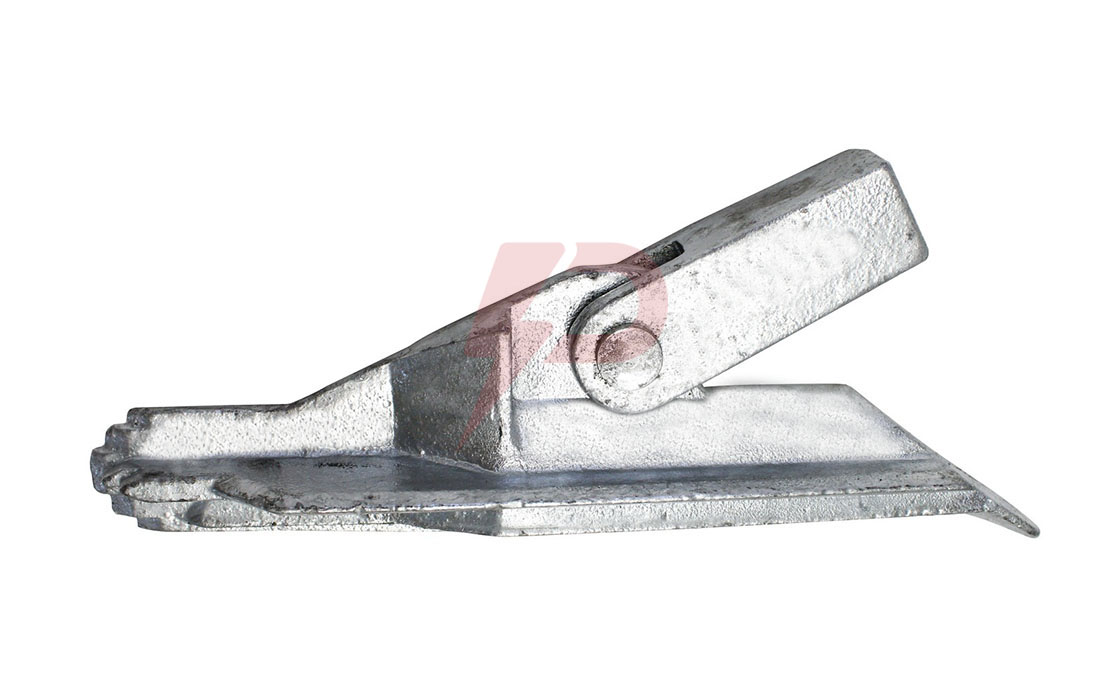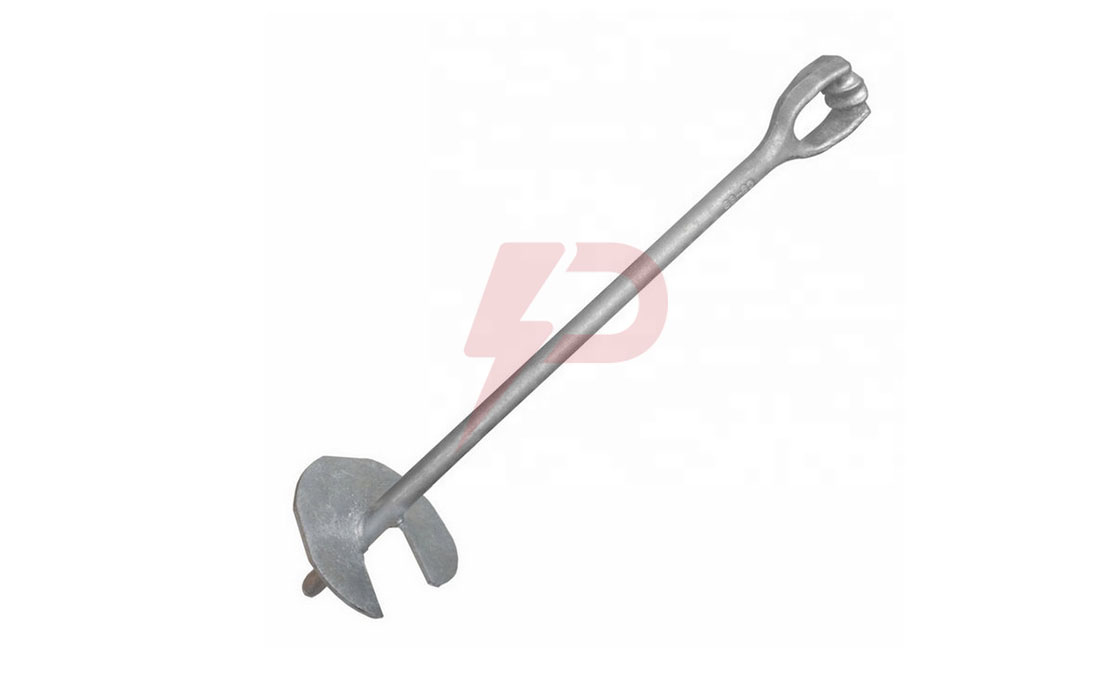Helical Anchor
Helical anchors are used to provide a stable and secure anchor for new foundations or old foundations in need of repair. They transfer surface loads into the soil by creating a distribution system for tension and compression forces.
Helical anchors are used for the construction of foundations in poor soil conditions. They effectively bypass the weaker soil layers and embed in competent load bearing layers of soil. They are commonly used in construction of foundations, masts, and other types of retaining structures.
The design of helical anchors can vary to suit different applications. Their structure is usually composed of a square or round shaped steel shaft with helical blades attached to it. The number of helices attached to the l shaft can vary, with more helices preferred for higher lateral loads or when the soil is too soft.
Depending on the shape, the two main types of helical anchors are:
(a) Round shaft anchors
- Feature a rod shaped shaft with helices attached.
- Round shaft pipe piles have a larger diameter than square shaft helical piers.
- They are a solid choice in loose soils, mitigating lateral or buckling concerns.
(b) Square shaft anchors
- Feature a square shaped shaft with helices attached.
- Good choice for aggressive soils or high-water tables.
- More appropriate for heavy-duty projects that require high tensile strength.
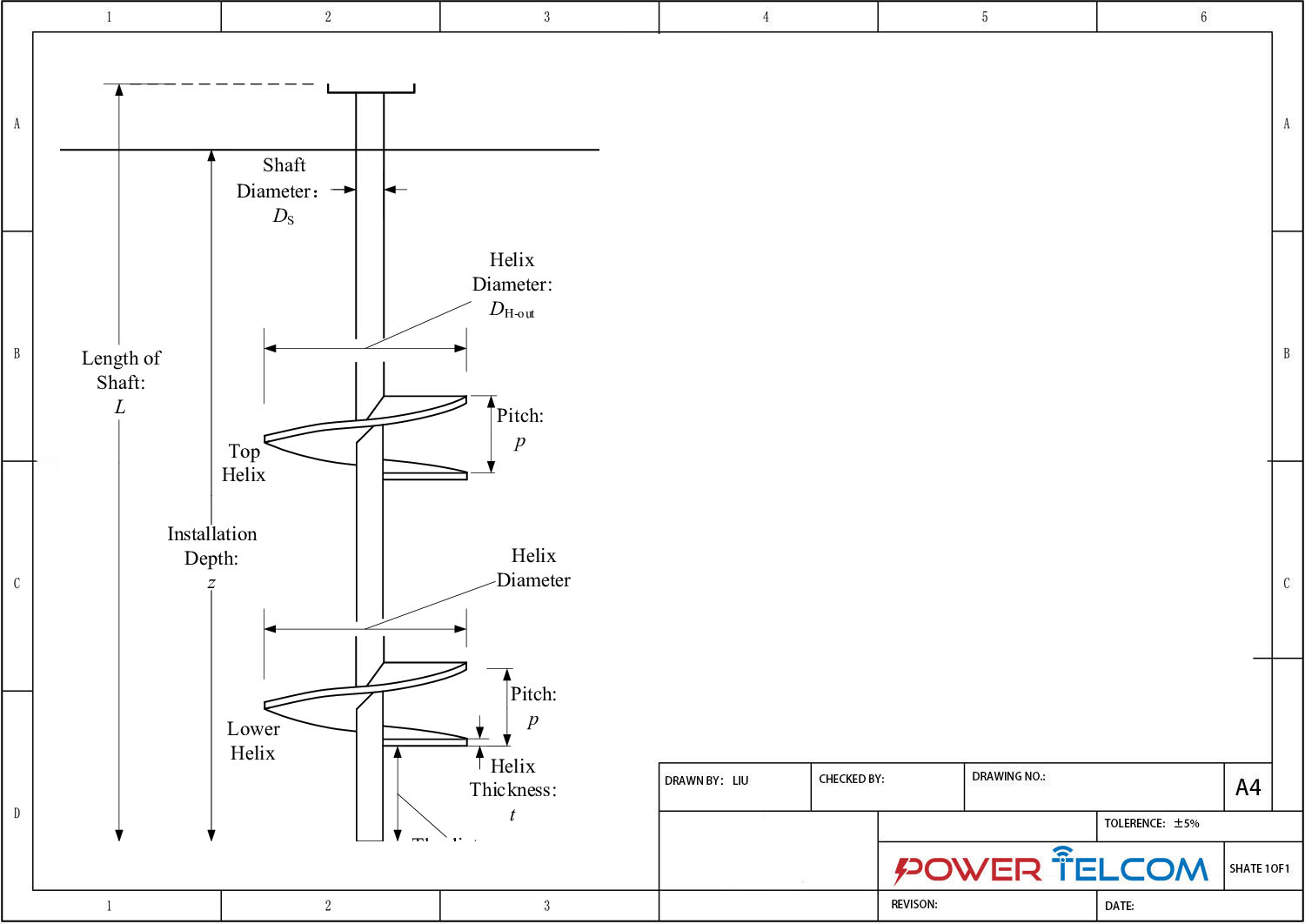
Square Shaft Helical Anchor Drawing
| Shaft Size | Installation Torque Factor (k) | Axial Compression Load Limit | Ultimate-Limit Tension Strength | Useable Torsional Strength |
| 1-1/2” Square Bar | 9 – 11 | 70,000 lb. | 70,000 lb. | 7,500 ft-lb |
| 1-3/4” Square Bar | 9 – 11 | 100,000 lb. | 100,000 lb. | 11,000 ft-lb |
| 2-1/4” Square Bar | 10 – 12 | 200,000 lb. | 200,000 lb. | 23,000 ft-lb |
| 2-7/8” Tubular – 0.203” Wall | 8 – 9 | 60,000 lb. | 60,000 lb. | 5,500 ft-lb |
| 2-7/8” Tubular – 0.262” Wall | 8 – 9 | 100,000 lb. | 100,000 lb. | 9,500 ft-lb |
| 3-1/2” Tubular – 0.300” Wall | 7 – 8 | 115,000 lb. | 120,000 lb. | 13,000 ft-lb |
| 4-1/2” Tubular – 0.337” Wall | 6 – 7 | 160,000 lb. | 160,000 lb. |
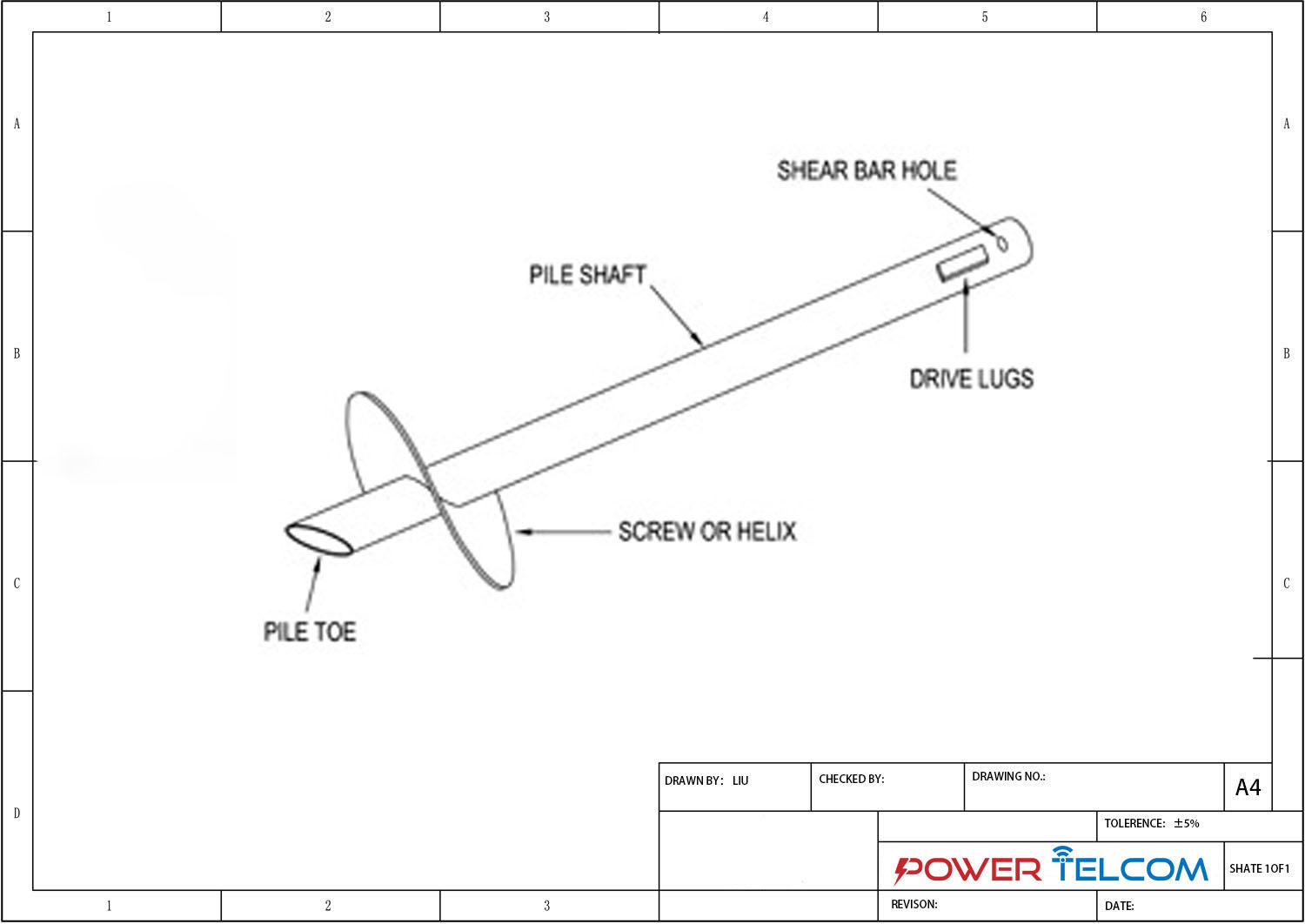
Round Shaft Helical Anchor Drawing
| Series | Plate Diameter-inches | Plate Area sq. ft. | Length | ||||
| “A” | “B” | “C” | |||||
| RHA84 | 10 | 12 | 14 | 2.07 | 84″ | ||
| RHA120 | 10* | 12* | 14* | 2.07 | 120″ | ||
Frequently Asked Questions (FAQs)

How do helical anchors work?
Helical anchors act as a support base that distributes structural loads into the soil stabilizing foundations and other structures. Since the helical anchors can bypass top soil layers and embed in firm more competent strata, they make it possible to build stable foundations even in difficult soil conditions.
Benefits of Helical Anchors
- Ease of installation, no excavation or heavy-duty equipment required.
- Can be installed close to existing structures since they cause minimal ground disturbance.
- Can be installed in poor soil conditions such as hard, rocky or loose soils.
- Can be uninstalled and repositioned incase of obstacles or when no longer needed.
- Offer predictable torque capacity.
- Can be installed in all weather conditions.
- Versatile and available in different shapes and sizes to suit various requirements.
How are helical anchors installed?
Helical anchors are installed by applying force to the anchor with a hydraulic torque drive. Once force is applied, the helical anchor screws into the ground with the helices acting as a sort of corkscrew that allows the anchor to easily bore into the ground. Since they screw into the ground rather than auger, there is minimal surface disruption during installation.
How is the load capacity of helical anchors determined?
The bearing capacity of a helical anchor varies depending on soil properties and conditions, the design of the anchor and installation parameters. The installation torque can help to verify capacity with higher installation torque signifying the greater load capacity of the installed helical anchor.
How do I know which helical anchor to use for my project?
The appropriate type of anchor largely depends on installation requirements, soil conditions and structural rods. Round shape anchors for instance are ideal for loose soils while square shape anchors penetrate dense soils better and offer higher tensile strength.




